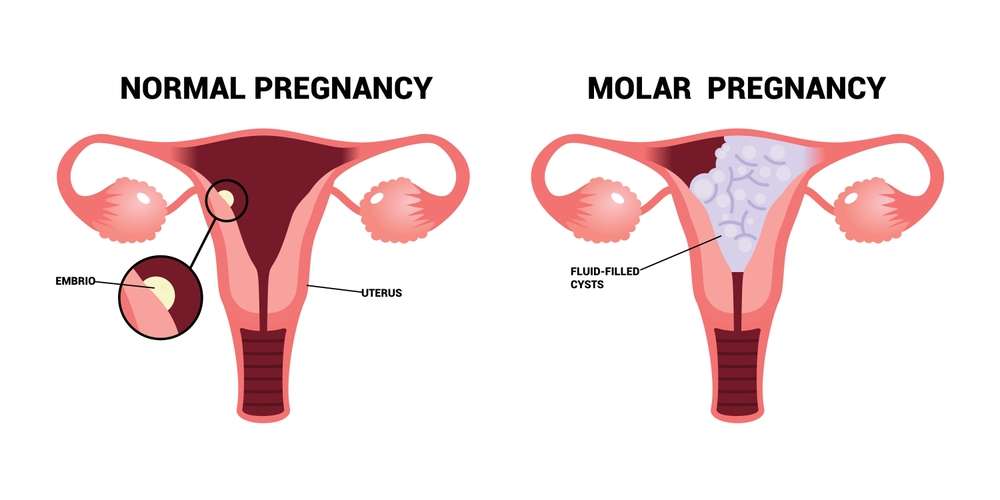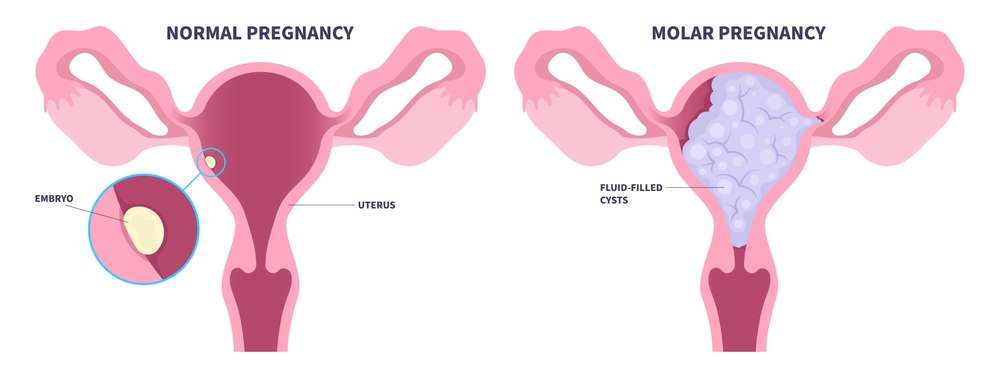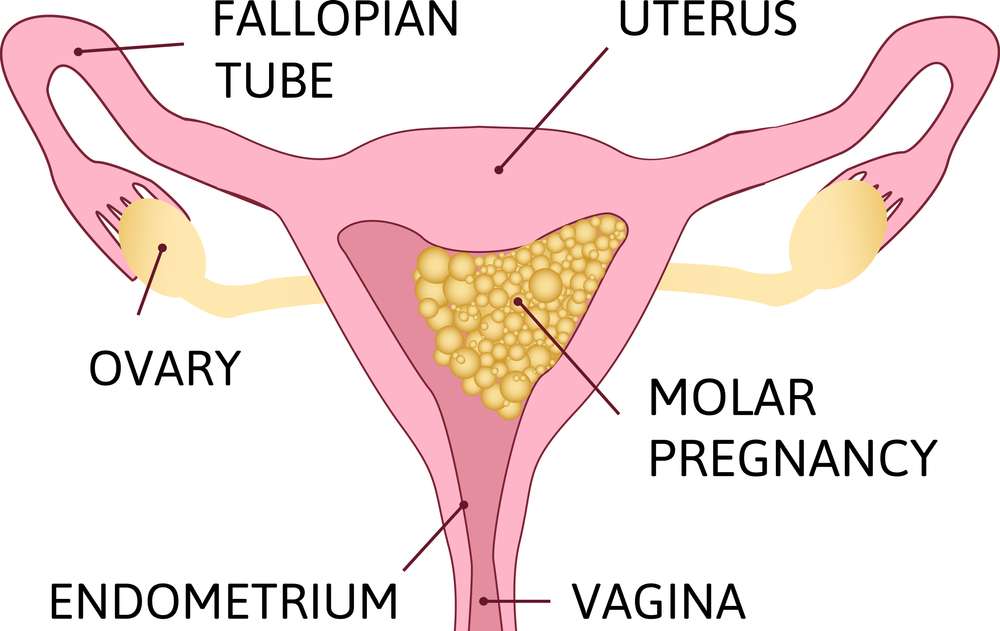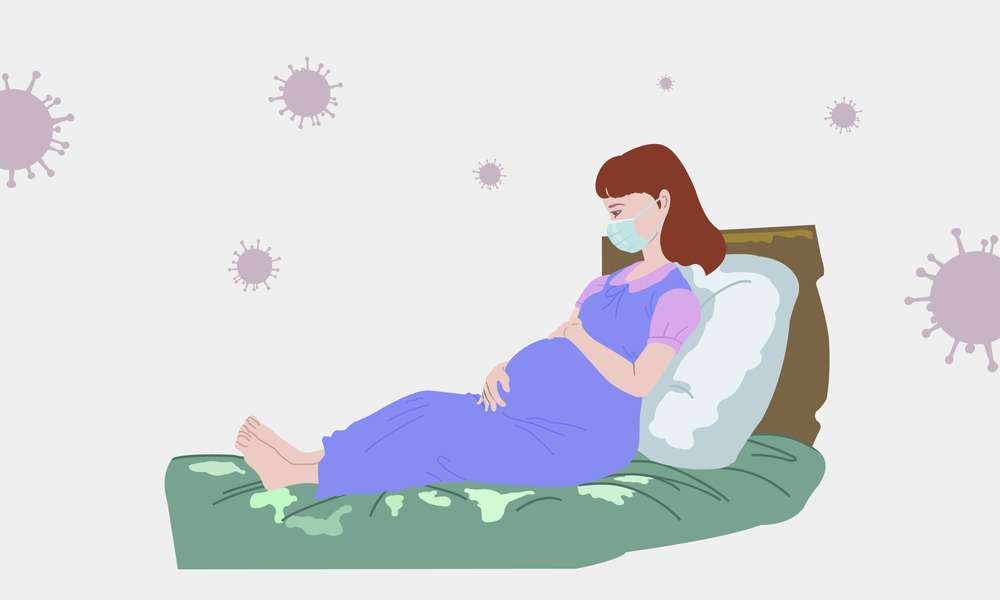Molar pregnancy
What is a Molar pregnancy?
Molar pregnancy,commonly known as hydatidiform mole, a rare disorder that affects women during their reproductivey years. It happens when the uterus experience abnormal growth of cells, which result in the creation of abnormal tissues rather than a healthy embryo.
How common is a molar pregnancy?
Despite being very uncommon, molar pregnancies can vary in frequency by population and area. One in every 1,000 pregnancies is thought to be a molar pregnancy, according to estimates. However, in some communities or geographical regions, this rate may be higher or lower.
- Age: Molar pregnancies are slightly more likely in women under the age of 20 or over the age of 40.
- Previous Molar Pregnancy: Women who have previously experienced a molar pregnancy may be slightly more likely to do so in a future pregnancy.
- Ethnicity: According to certain studies, some ethnic groups may experience more molar pregnancies than others.
- Geographic Variation: Different regions and nations may experience different rates of molar pregnancies.
Types of Molar pregnancy:
Complete molar pregnancy:
The absense of fetal tissue and the presense of abnormal cells that resemble enlarged grape like layers represent two signs of a complete molar pregnancy. Pregnancy with a full molar usually has no fetal development at all. Instead, a hydatidiform mole an aberrant mass of tissue fills the whole gestational sac.
When a sperm fertilizes an empty egg (an egg without genetic material or with inactive genetic material), an abnormal mass known as a full molar pregnancy develops.
Within the uterus, the molar tissue typically develops quickly and can sometimes resemble a cluster of grapes. Human chorionic gonadotropin (hCG) levels in the blood are frequently high in complete molar pregnancies, which can cause symptoms including extreme nausea and vomiting (hyperemesis gravidarum).These pregnancies do not develop into viable fetuses and are incompatible with the course of a typical pregnancy.A dilation and curettage (D&C) treatment is frequently used to treat whole molar pregnancies in order to remove the abnormal tissue.
Partial molar pregnancy:
A partial molar pregnancy is characterised by a defective fetus and abnormal placental cells development. The fetus in this case has serious birth abnormalities and will not survive. In a partial molar pregnancy, the gestational sac contains both an aberrant mass of tissue (molar tissue) and some fetal tissue.
When two sperm fertilize a single egg or when one sperm fertilizes a triploid egg (an egg with two sets of genetic material), a partial molar pregnancy results. In a partial molar pregnancy, fetal development is typically present, but the fetus is not viable and has severe developmental defects. Elevated hCG levels are also seen in partial molar pregnancies, albeit they might not be as high as in complete molar pregnancies.In order to treat partial molar pregnancies, the aberrant tissue is typically removed during a D&C treatment. The dangers associated with whole and partial molar pregnancies must be noted.
molar pregnancy complete vs partial:
The risk of complications such as excessive bleeding, infection, and the emergence of persistent gestational trophoblastic illness (a condition that may require subsequent treatment) exists in both whole and partial molar pregnancies, which is significant. After the excision of molar tissue, intensive medical monitoring and follow-up are typically required to make sure that hCG levels return to normal and to spot any potential issues. In order to lower the likelihood of a recurrence, it is also frequently suggested to women who have experienced a molar pregnancy to put off trying to get pregnant again for a while.
Causes of molar pregnancy:
The main reason for molar pregnancy is genetic abnormalities that occur after fertilization. A single or two sperm fertilize an empty egg during a full molar pregnancy, developing not fetal issue at all. In contrast a normal egg is fertilized by two sperm in a partial moral pregnancy, which causes the existence of some fetal tissue as well to the abnormal development. These genetic defects prevent the placenta from developing normally, which cause the creation of clusters of cells that form grapes.
Chromosomal issues:
Molar pregnancies frequently caused by chromosomal abnormalities in the fertlized egg. An egg usually has one pair of chromosomes from the mother and one pair from the father. The father chromosomes are either not found and inactivated,in abnormal cell development.
Age of the mother:
Women over the age of 35 are more likely to have a molar gestation than younger women. gestation pregnancy can occur at any age, however the risk rises for women under the age of 20.
Previous molar pregnancy:
The history raises the possibility of experiencing it again in another future pregnancies. Women who have had a molar pregnancy must have suitable medical treatment and monitoring in subsequent pregnancies.
Symtoms of Molar pregnancy:
The symptoms of can vary, but some common signs are:
- Vaginal bleeding during early pregnancy
- Pelvic discomfort or pressure
- Severe nausea and vomiting during pregnancy
- There is no fetal movement or heartbeat on ultrasound
- Excessive tiredness or weakness
- Rapid enlargement of the uterus
It is important to note these symptoms might also be a sign of other pregnancy-related issues. If you face any of these symptoms, you should see your doctor to get a clear diagnosis.
Treatment and diagnosis:
When doctors suspects a molar pregnancy, they will do an exhaustive test to confirm the diagnosis.
- A pelvic exam to look for abnormal uterine development
- Hormonal levels in blood, specifically the human chorionic gonadotropin (HCG) hormone
- Ultasound imaging is used to detect Hydatidiform moles and other disorders
- If a molar pregnancy is confirmed, the anormal tissue is removed via a technique known as dilatation and curettage(D&C). Close monitoing and regular check-ups are required after the treatment to assure complete healing and detect any potential issues.
Healing and Follow-up:
Recovering from a hydatidiform pregnancy can vary from person to person, depending on factors such as the kind of gestation pregnancy and the patient’s overall health. While physical recovery normally takes a few weeks following the D&C operation, emotional healing may take a little longer. It is critical to seek assistance from loved ones and, if necessary, to pursue therapy or support groups. Follow-up care is essential for monitoring hormone levels and ensuring that the molar pregnancy has been fully managed. Furthermore, it is critical to postpone trying for a pregnancy for a particular length of time to lower the chance of recurrence. Your healthcare professional will walk you through the proper follow-up program based on your unique scenario.
Symptoms of Molar pregnancy:
Vaginal bleeding:
Vaginal bleeding is one of the most typical signs of molar pregnancy. From moderate spotting to major bleeding may be observed. It is crucial to keep in mind that any uncommon bleeding during pregnancy needs to e immidiately reported to a doctor. The bleeding may be bright red or dark brown in color may also contain clots. The prsense of these clots may also portend a potential molar pregnancy. As compared to normal pregnancy, when bleeding usually starts in the first trimester, hydatidiform pregnancy bleeds may conyinue until the twelve week stage.
Abdominal swelling and discomfort:
Abdominal swelling and discomfort are further signs of molar pregnancy. The aberrant growth of the molar tissue is what’s creating this bulge. the abdomen is swollen.A feeling of heaviness or fullness in the abdomen could accompany the swelling. People may also express discomfort with lower abdomen cramps or pain, which can vary in intensity. It may be necessary to see a doctor because this pain is frequently reported as strong or sharp.
Irritation and Vomiting:
Hyperthyroidism:
Conclusion:
Understanding causes, symtoms, possible therapies, and the value of careful follw-up care can help women and their families get over what can be difficult situation. Knowing the symptoms and getting help right once may occur in excellent results and an exciting future pregnancies. It is a complicated situation that needs knowledge and awareness. We believe that by shining light on the causes, symptoms, treatment, and recovery of molar pregnancies, we might help people impacted by this uncommon disorder. Remember that quick medical treatment and emotional healing are vital for a successful recovery path.





